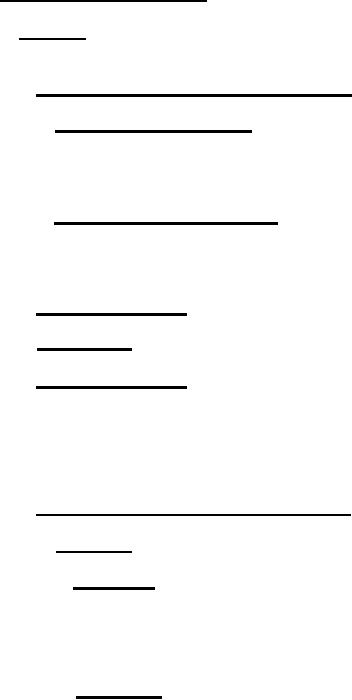 |
|||
|
Page Title:
Diode I/V circuit characteristics |
|
||
| ||||||||||
|
|  MIL-P-62341/2A
4.8 Methods of inspection.
4.8.3 Weight. Conformance to 3.4.2 shall be determined by weighing the
printed circuit card on a scale.
4.8.4.4 Diode I/V circuit characteristics.
4.8.4.4.1 Forward voltage drop. To determine conformance to 3.5.3.1,
the forward voltage drop of the diodes as specified in table I or II shall be
tested individually in accordance with MIL-STD-750, method 4011.4, at
terminal parts listed in table I or II.
4.8.4.4.2 Reverse leakage current. To determine conformance to 3.5.3.2,
the reverse leakage current of the diodes as specified in table I or II shall
be tested individually in accordance with MIL-STD-750, method 416.3, at
terminal points listed in table I or II.
Not applicable.
4.8.4.5 Blocking diodes.
Not applicable.
4.8.4.6 Resistors.
4.8.4.7 Relay operation. To determine conformance to 3.5.6, using the
power supply, apply 24 6 V dc individually to each relay input set of
terminals as specified in table III or IV. Using digital multimeter, verify
that the energized relay contact resistance, measured at the corresponding
continuity terminals specified in table 111 or IV meet the requirements of
3.5.6.
4.8.4.8 Transient Voltage characteristics.
4.8.4.8.1 Class 1.
4.8.4.8.1.1 Internal. To determine conformance to 3.5.7.1.1, utilizing
a power supply and an oscilloscope, apply and then remove 24 6 V dc at
individual relay circuit terminals as shown in table V. Verify that each
circuit voltage transient does not exceed the requirements of 3.5.7.1.1 as
indicated on the oscilloscope.
4.8.4.8.1.2 External. To determine conformance to 3.5.7.1.2, assemble
three (3) relay coils (conforming to MIL-R-5757/23) in parallel and connect
them to the assembly pins P1-33 (positive) and P1-20 (return). Using a power
supply and oscilloscope of 4.1.4.2, apply 24 6 V dc through the three (3)
coils to pins P1-33 (positive) and P1-20 (return). Remove the voltage from
the relay coils and verify that the dropout transient voltage as indicated on
the oscilloscope does not exceed the requirements of 3.5.7.1.2.
7
|
|
Privacy Statement - Press Release - Copyright Information. - Contact Us |